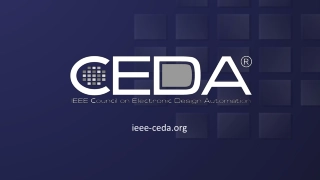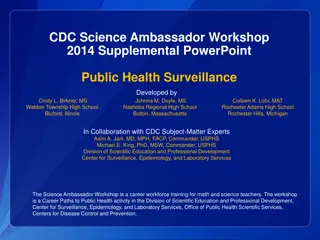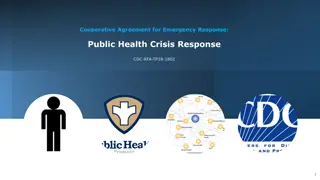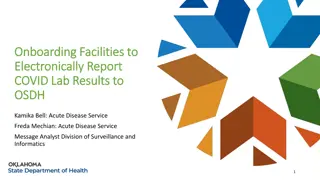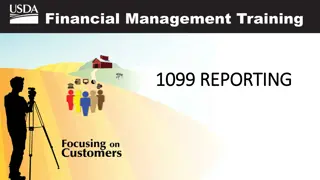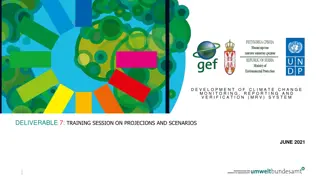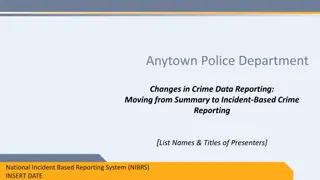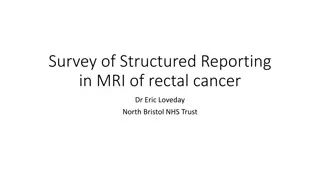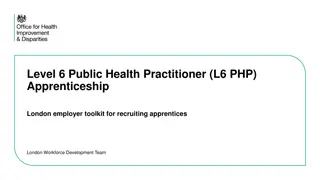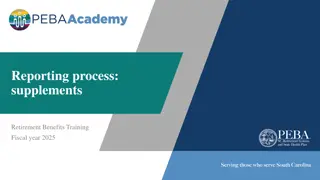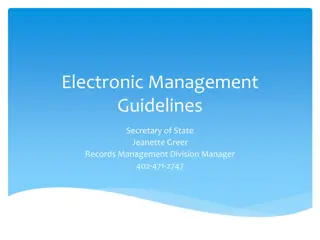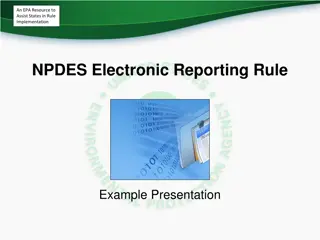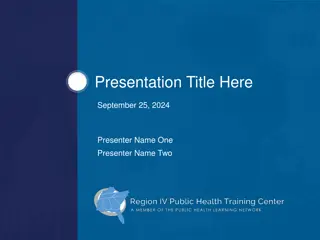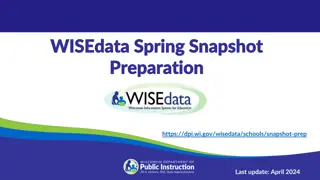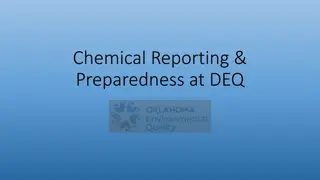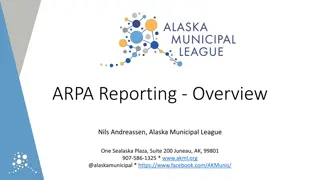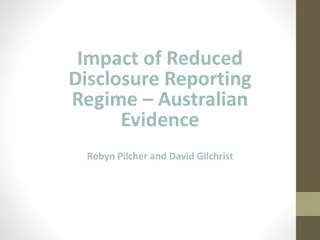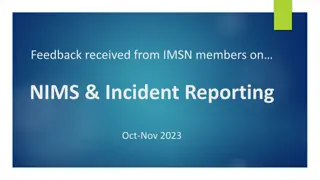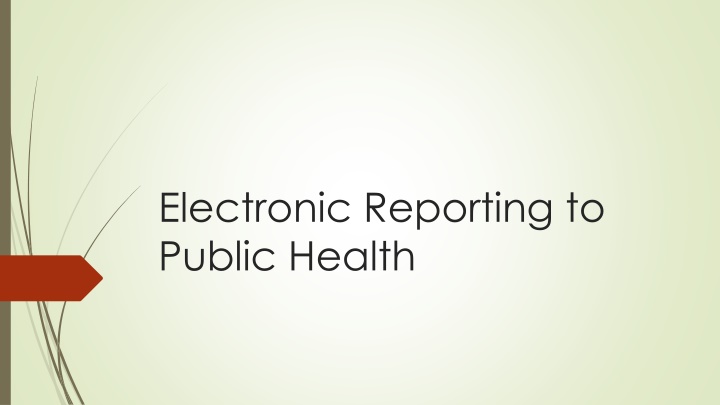
Improving Public Health Reporting Through Electronic Systems
Enhance public health reporting efficiency by transitioning from manual processes to electronic laboratory reporting (ELR). Learn about the challenges, benefits, validation requirements, current barriers, and next steps in implementing ELR for accurate and timely data submission. Contact provided personnel for further guidance and support.
Download Presentation

Please find below an Image/Link to download the presentation.
The content on the website is provided AS IS for your information and personal use only. It may not be sold, licensed, or shared on other websites without obtaining consent from the author. If you encounter any issues during the download, it is possible that the publisher has removed the file from their server.
You are allowed to download the files provided on this website for personal or commercial use, subject to the condition that they are used lawfully. All files are the property of their respective owners.
The content on the website is provided AS IS for your information and personal use only. It may not be sold, licensed, or shared on other websites without obtaining consent from the author.
E N D
Presentation Transcript
Electronic Reporting to Public Health
Historically Relied on a time-consuming manual process Challenges for labs/clinical facilities: Missed reports Seasonal volume Time-consuming Challenges for public health Manual data entry Seasonal volume Incomplete data
Electronic Laboratory Reporting (ELR) Lab reports are sent electronically from facility to public health Automated triggers Automated receipt and processing Benefits for labs/clinical facilities/and public health: Replacement of routine, standard disease notification More timely notifications More complete data Reduce data entry error Elimination of manual sending/receiving Depends on a high-quality, validated feed
Validation Once a feed is validated, the manual process of reporting can cease Several metrics must be met: Stability Structural compliance Timeliness Completeness Accuracy Successfully validated 5 clinical laboratory feeds
Current Barriers Facility IT not set up for ELR yet Facility system is not set up to communicate with UDOH system Facility ELR feeds not validated Incomplete reporting through ELR Manual reporting cannot stop until the ELR feed has been validated and UDOH can ensure stable, complete and accurate reporting
Next steps Discuss status of ELR with your IT providers Contact UDOH Informatics with questions or for guidance and resources *IPs still have a responsibility to manually report rare or unusual cases to public health even if facility reports via ELR
Contact Rachelle Boulton Surveillance and Data Management Program Manager rboulton@utah.gov 801-538-6185 Emily Roberts ELR Coordinator erroberts@utah.gov elr@utah.gov 801-538-6345

